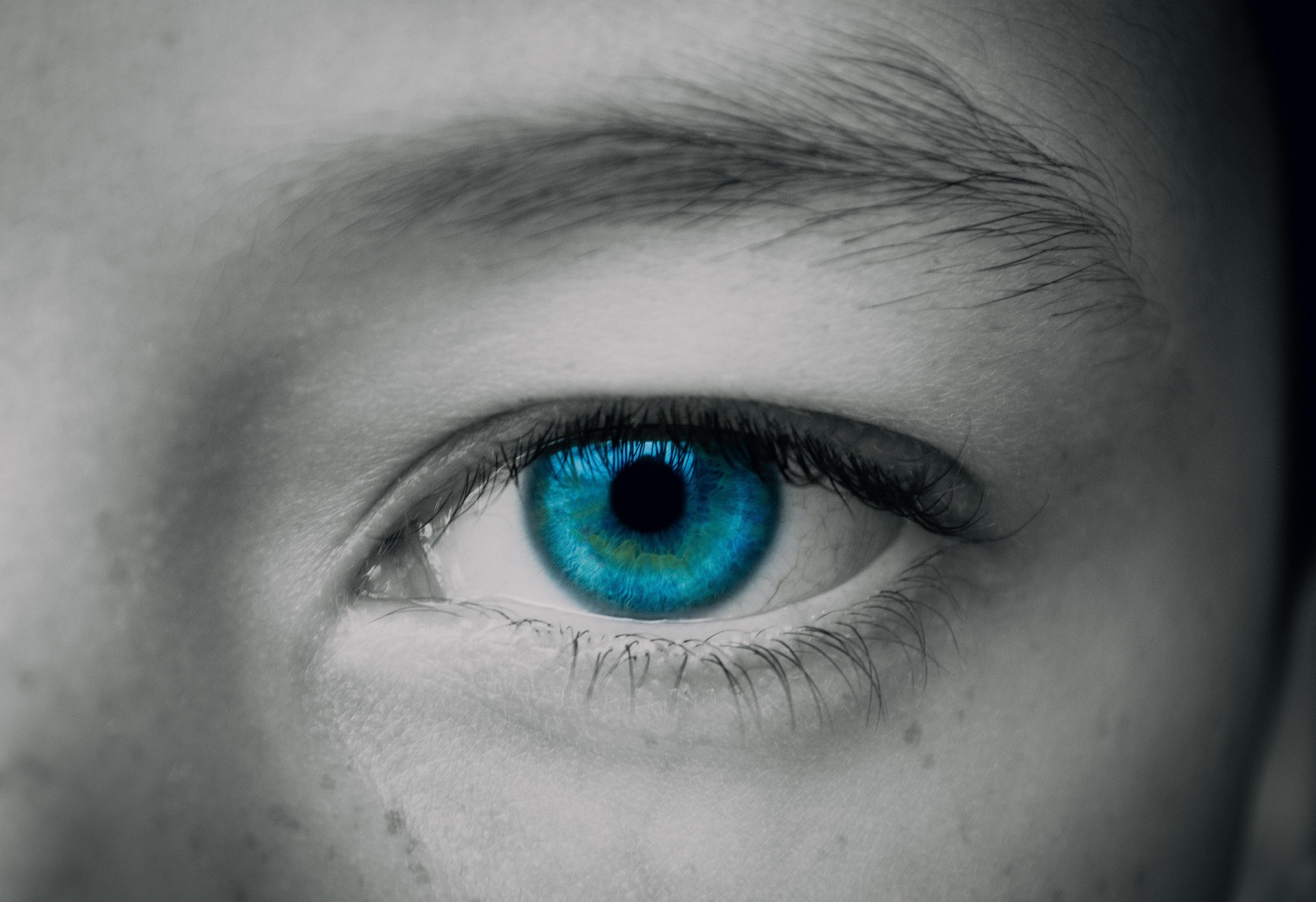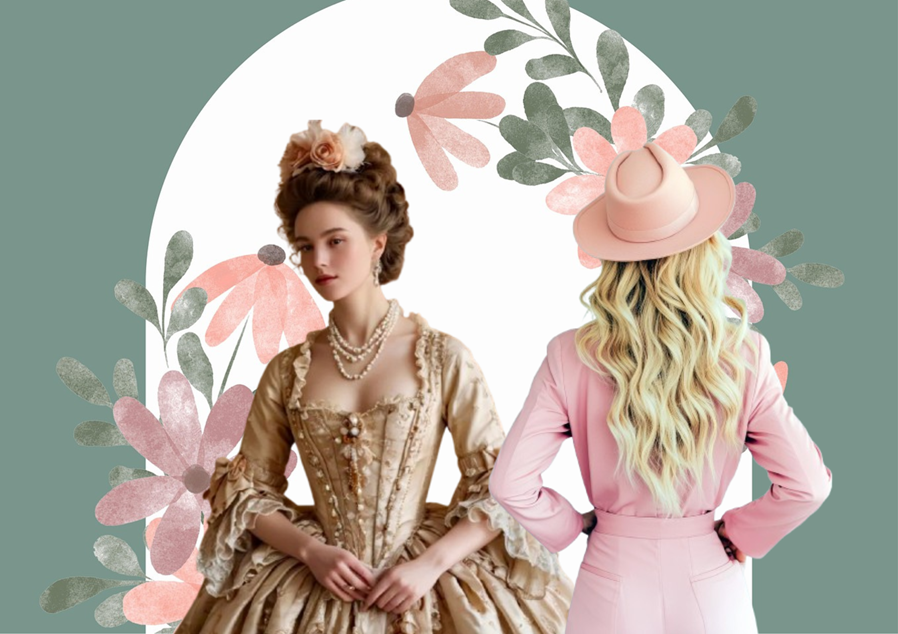In the labyrinthine corridors of Oscar Wilde’s The Picture of Dorian Gray, beauty is both a curse and a currency. Here, the titular Dorian transforms from a man into a simulacrum, a hyperreal construct Baudrillard would readily identify as emblematic of postmodern identity. Wilde’s narrative, steeped in aestheticism and moral decay, serves as a profound study in narcissism, where the self is simultaneously subject and object, real and representation.
Through the illuminating lens of Jean Baudrillard’s Simulacra and Simulation, this essay explores how Wilde’s novel eerily anticipates the dissolution of the real into the hyperreal, presenting a world where signs not only precede but actively replace the real.
Narcissism and the Birth of the Simulacrum
Dorian Gray’s initial descent into vanity begins with Basil Hallward’s portrait, a faithful image that perfectly captures his youthful beauty. This initial stage directly mirrors Baudrillard’s first order of simulacra, where the image functions as a faithful copy of a profound reality. As Basil proclaims, “I have put too much of myself into it.” The portrait, at this point, is a true reflection.
However, as Dorian’s life unfolds, the portrait undergoes a perverse transformation. It becomes a distorted reflection, bearing the marks of his inner corruption while his outward appearance remains unsettlingly pristine. This critical shift aligns with Baudrillard’s second order of simulacra, where the image masks and denatures reality, presenting an “evil appearance” that actively obscures the truth. Dorian’s physical perfection becomes a deliberate deception.
The pivotal moment arrives when Dorian grasps that his portrait, not himself, bears the burden of his sins. This realization liberates him to indulge in a hedonistic lifestyle without facing outward consequences. Here, Wilde masterfully introduces a simulacrum that bears no relation to any original reality, perfectly embodying Baudrillard’s third order of simulacra. The portrait ceases to be a mere representation; it becomes a reality in itself, a hyperreal object that ultimately defines Dorian’s very existence. He can now pursue “monstrous pleasures,” knowing the canvas, not his face, will register the moral cost.
The Hyperreal and the Collapse of Meaning
As Dorian’s life spirals into decadence, the crucial distinction between the real and its representation collapses. His actions, driven solely by the pursuit of beauty and sensation, are no longer grounded in any discernible moral or existential reality. Instead, they become pure simulations, copies without an original. This powerfully reflects Baudrillard’s assertion that in the postmodern era, simulations precede and actively determine the real, leading to a state of hyperreality where the boundary between the real and the simulated becomes virtually indistinguishable.
In Wilde’s narrative, beauty ascends to become the ultimate signifier, a simulacrum that completely supplants moral and ethical considerations. Dorian’s all-consuming obsession with aesthetics leads him to construct a reality where appearances are paramount, and the inner self is rendered utterly irrelevant. He becomes, as Lord Henry Wotton might observe, “a living work of art.” This precisely mirrors Baudrillard’s critique of a society overwhelmed by an incessant proliferation of signs and images, where authentic meaning is tragically lost in a sea of simulacra.
The Portrait as a Metaphor for Hyperreality
The portrait in Wilde’s novel functions as a potent metaphor for the hyperreal. It is an image that no longer reflects reality but instead actively creates its own. As Dorian’s life becomes increasingly entangled with his own image, he transforms into a mere simulation of himself, a signifier tragically devoid of a signified. This aligns perfectly with Baudrillard’s concept of the simulacrum, a copy that bears no relation to any reality whatsoever, existing solely as a sign among other signs.
The portrait’s grotesque transformation into a literal manifestation of Dorian’s soul signifies the profound triumph of the simulacrum over the real. It is a hyperreal object that defines Dorian’s identity, not through any intrinsic truth, but solely through its own existence as an image. When Dorian, finally unable to bear the sight, stabs the canvas, he attempts to destroy the hyperreal object that has usurped his very being. In this profound sense, Wilde’s novel remarkably anticipates Baudrillard’s assertion that in the postmodern era, the real is irrevocably replaced by signs and images, leading to a state where reality is no longer experienced directly but is instead mediated entirely through simulations.
Conclusion: Dorian Gray and the Precession of Simulacra
In The Picture of Dorian Gray, Oscar Wilde masterfully crafts a narrative that profoundly foreshadows the concepts meticulously explored by Jean Baudrillard in Simulacra and Simulation. Dorian’s compelling journey from innocence to corruption vividly illustrates the process by which the real is ultimately replaced by signs and images, culminating in a state of hyperreality. The portrait, functioning as the ultimate simulacrum, becomes the defining reality of Dorian’s existence, rendering the distinction between the real and its representation entirely obsolete.
Wilde’s novel serves as a powerful cautionary tale about the inherent dangers of unchecked narcissism and the relentless pursuit of superficial beauty at the ultimate expense of authenticity. It starkly highlights the potential consequences of living in a world where appearances are tragically prioritized over genuine substance, and where the real is irrevocably lost in an overwhelming sea of simulacra. Through the illuminating lens of Baudrillard’s theory, The Picture of Dorian Gray emerges as a profound and enduring exploration of the intricate complexities of identity, reality, and representation in the modern world.



